Sistine Chapel
After wandering through some of the Vatican's museum quarters, we entered the famous Sistine Chapel. The chapel is well-known as the site of the Papal elections, as well as for the elaborate paintings covering its walls and ceiling. We spent a while admiring these amazing works of art, though we were not permitted to take photos. Here are a few things we learned:
Michelangelo was not the only famous painter that worked on the chapel
Michelangelo only painted the ceiling and front wall featuring The Last Judgement. The side panels were painted by a variety of master painters from that era including Botticelli. Raphael also created magnificent tapestries depicting the life of St. Peter and St. Paul. Sadly, the orignals were burned during the Sack of Rome in 1527.
If walls could talk...
Well, these walls do! The side panels depict two sets of stories from the bible - one side features the life of Moses while the other side features the life of Jesus.
I'm Michelangelo and I do what I want
Michelanglo was originally commissioned to paint the 12 Apostles on the ceiling of the chapel. He turned down the job because he considered himself a sculptor, not a painter. As a compromise, the Pope said he could paint biblical scenes of his choosing. I guess this flexibility pleased Michelangelo because he accepted and chose The Creation, Adam and Eve, The Garden of Eden and the Great Flood.
What does Sistine mean anyway?
The chapel is named for Pope Sixtus IV who restored the Capella Magna.
An artist's revenge
Michelangelo painted most of the figures in The Last Judgement as nudes. One cardinal named Carafa was outraged by the naked figures and started a censorship campaign known as the Fig Leaf campaign, demanding that the figures be covered up. The Pope's own Master of Ceremonies, Biagio de Cesena, eventually denounced the nudes. Michelangelo was so angry with de Cesena for siding with Carafa that he painted de Cesena's semblance into Minos, judge of the underworld. The nudes were eventually covered up by artist Daniele de Volterra, nicknamed The Breeches Painter.
After spending the better part of an hour in the Sistine Chapel, we next made our way over to St. Peter's to see the magnificent interior of the cathedral. This is one area where our streak of line-skipping came to an end, as it did not seem possible to avoid the massive queue of people stretching well beyond the beginning of the colonnade. Entrance to the basilica is free, however, and the line here moves fairly quickly. If you have never been to the basilica, it is a truly amazing and beautiful place, and a must-see if you are in Rome.
I'm in awe of Bernini. He had the ability to make stone look like it's moving.
John Paul II was, and still is, adored by Catholics all over the world, so it's no surprise that his tomb rests under an altar in the basilica. Most popes are laid to rest below the basilica in the grottoes (more on this later). Among all the chapels within St. Peter's, this one was full of the most worshipers.
When we left St. Peter's the Swiss Guards were changing stations. I know it's tradition, but these soldiers wear the most ridiculous uniforms. You'd think they would have a lighter version for those sizzling summer days in Rome!
After a lunch break, we had booked an afternoon tour of the Necropolis beneath St. Peter's Basilica. The Necropolis was an ancient above-ground cemetery filled with tombs and mausoleums of wealthy Roman families. This cemetery also housed St. Peter's tomb, which was discovered underneath an ancient Roman family mausoleum.
Upon discovery of St. Peter's tomb, the emperor Constantine filled in much of the Necropolis in order to build the first St. Peter's church over St. Peter's tomb in about 320AD. The Necropolis was not excavated until the 1940's under the direction of Pope Pius XI, who wished to be buried near St. Peter's grave. These excavations discovered what is thought to be St. Peter's tomb and remains. Some of his remains were removed and are housed in different places, including the sphere above St. Peter's dome. Today, visitors can book a tour to visit parts of the Necropolis, and can view a portion of St. Peter's tomb that was left exposed during the recent excavations.
Unfortunately, this was another area where photos were not allowed, but we would certainly recommend seeing this area for yourself. We loved seeing the many layers that led to St. Peter's final resting place. These tombs provide evidence on how the ancient Romans' outlook on Christianity changed over time. For example, most tombs housed many family members and the walls were covered with pagan symbols, images, and writing since most people worshiped these gods during that era. However, every now and then there were tombs with this symbol:
In addition to seeing St. Peter's tomb, we got to see the small chapels beneath St. Peter's Basilica toward the end of the tour. These were stunning! We also walked through the grottoes and saw the tombs of many of the popes throughout history.
Tip: You need to book your Necropolis tour by contacting the Vatican well in advance. At the end of the tour, you come out right near St. Peter's Basilica, and can enter the Basilica without waiting in the massive line. So, if you are scheduled for a Necropolis tour, you'll also get to visit St. Peter's. We didn't find this out until after we'd already waited in line to visit St. Peter's earlier that day, however, we decided to pop back in for another visit anyway.

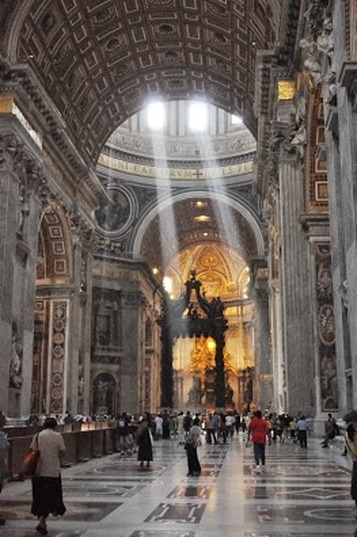
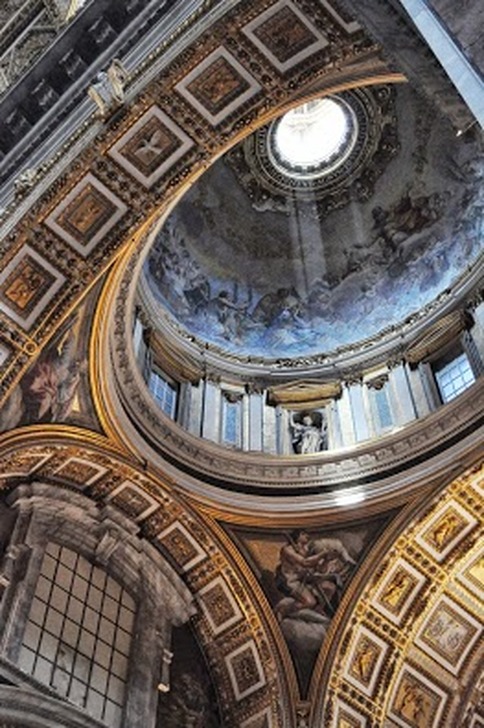
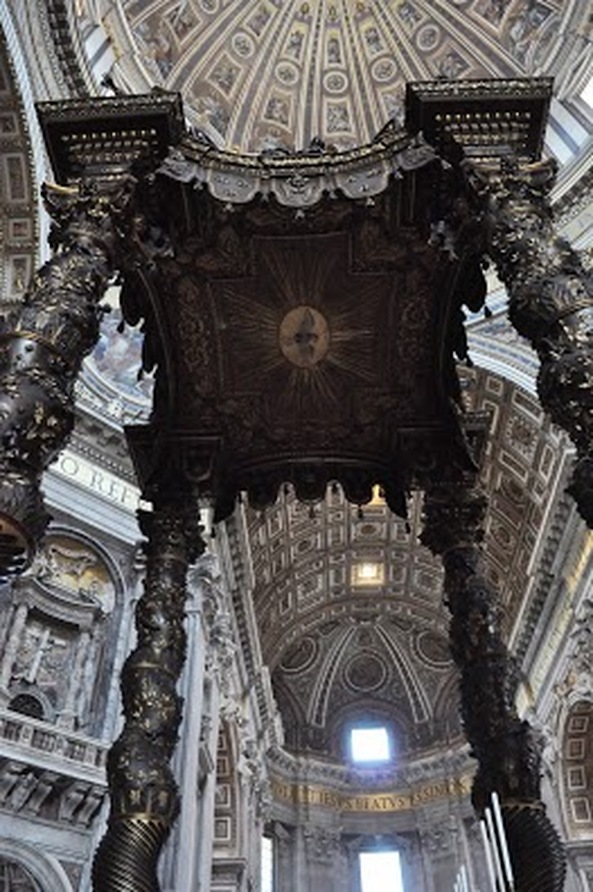
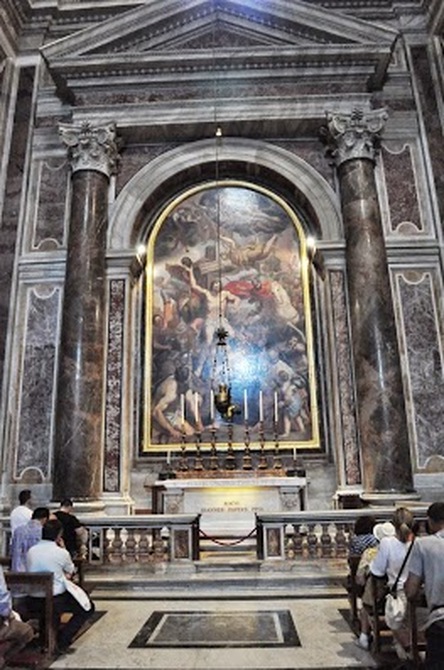
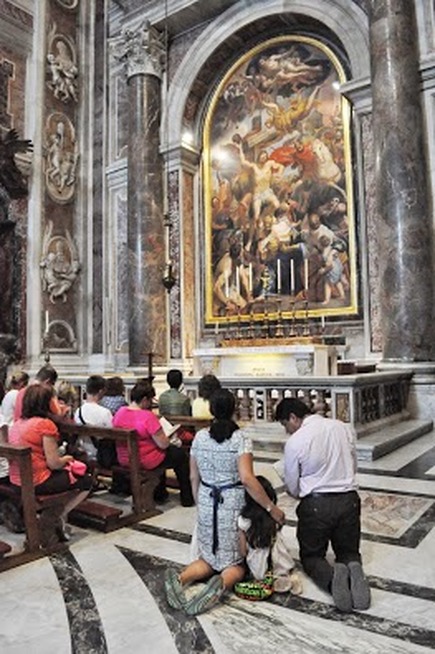
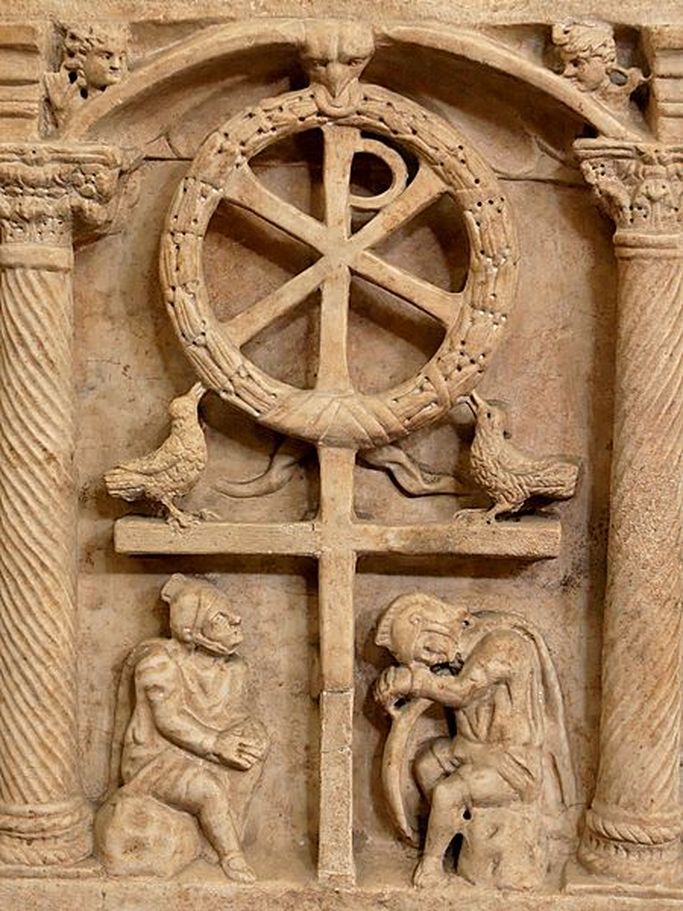
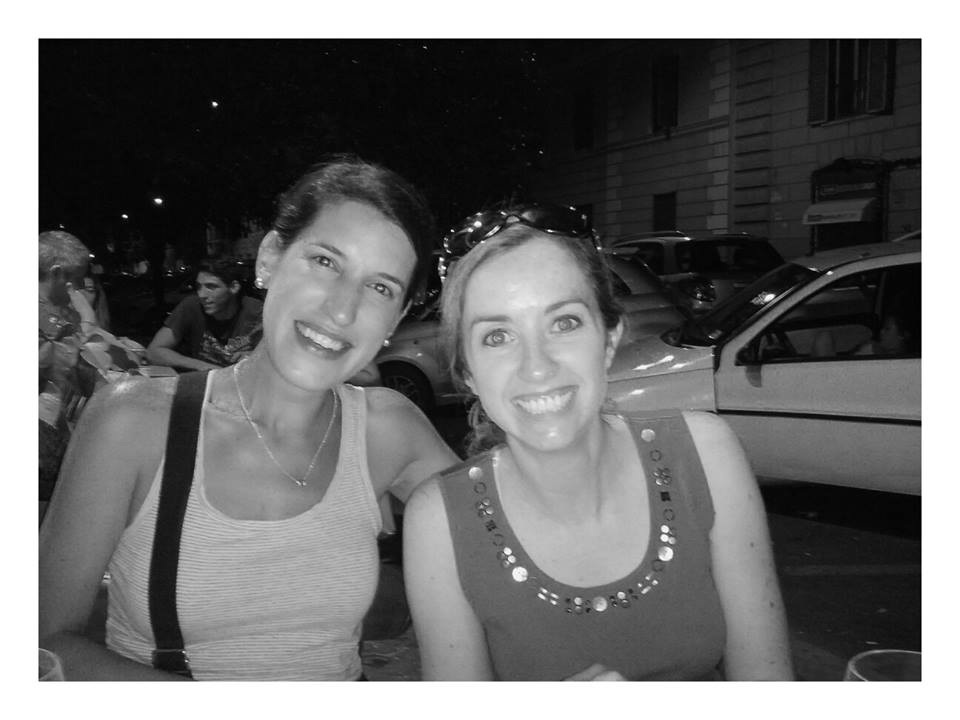
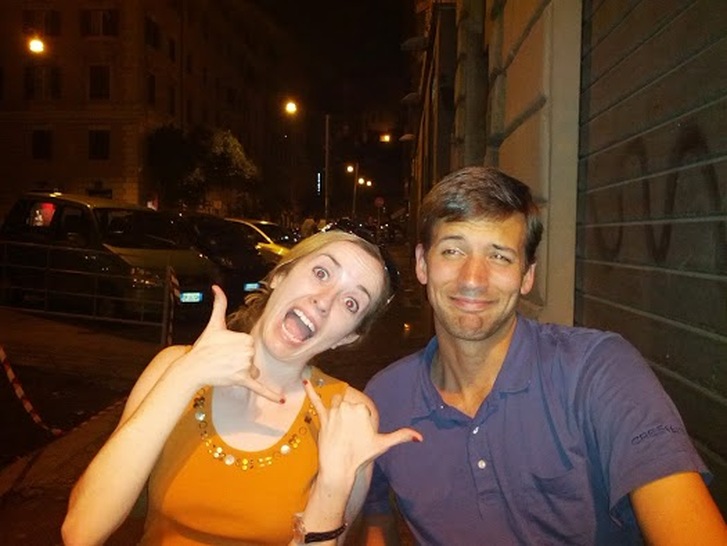
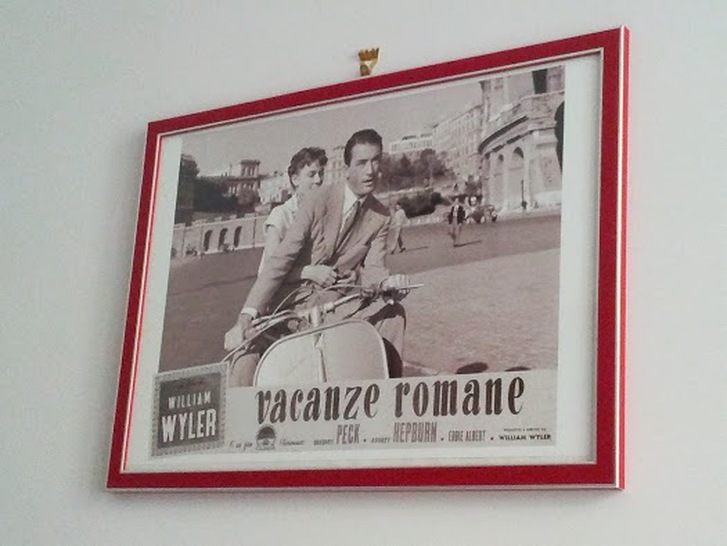

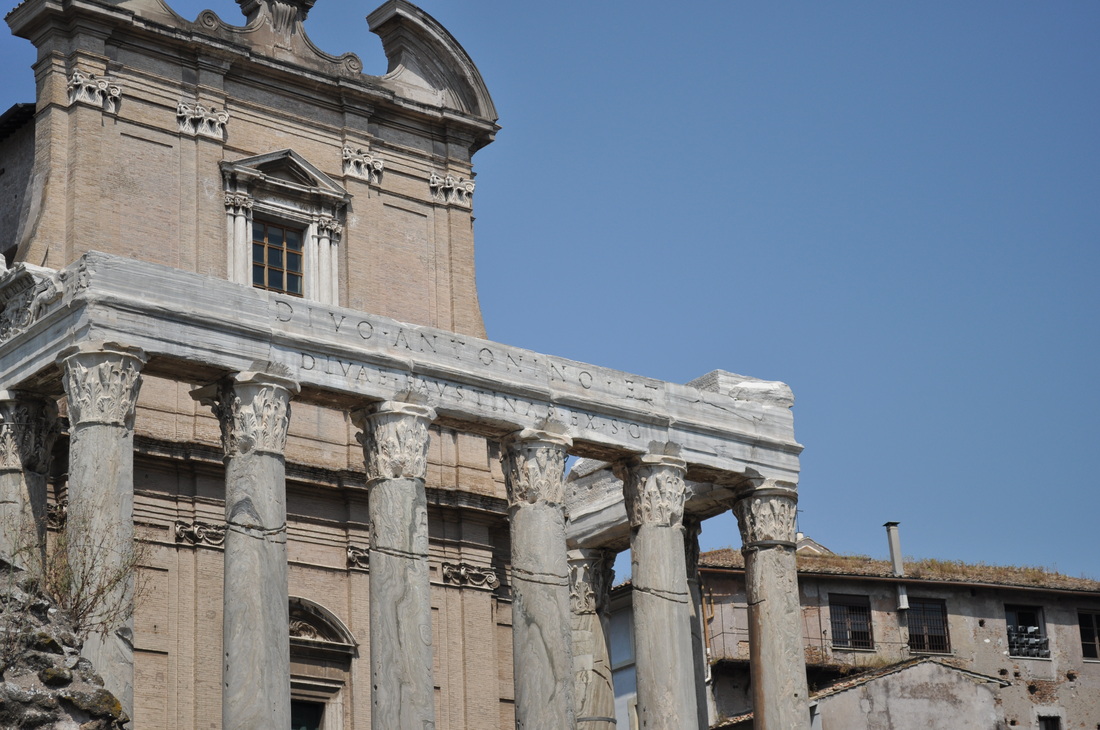
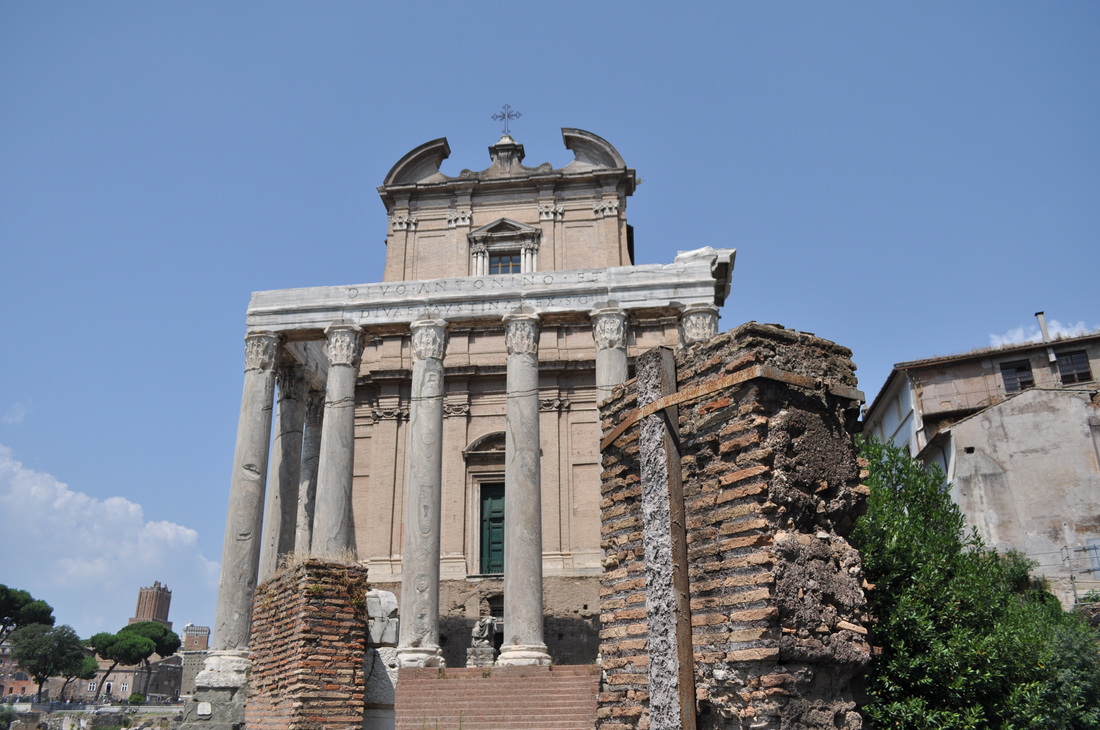
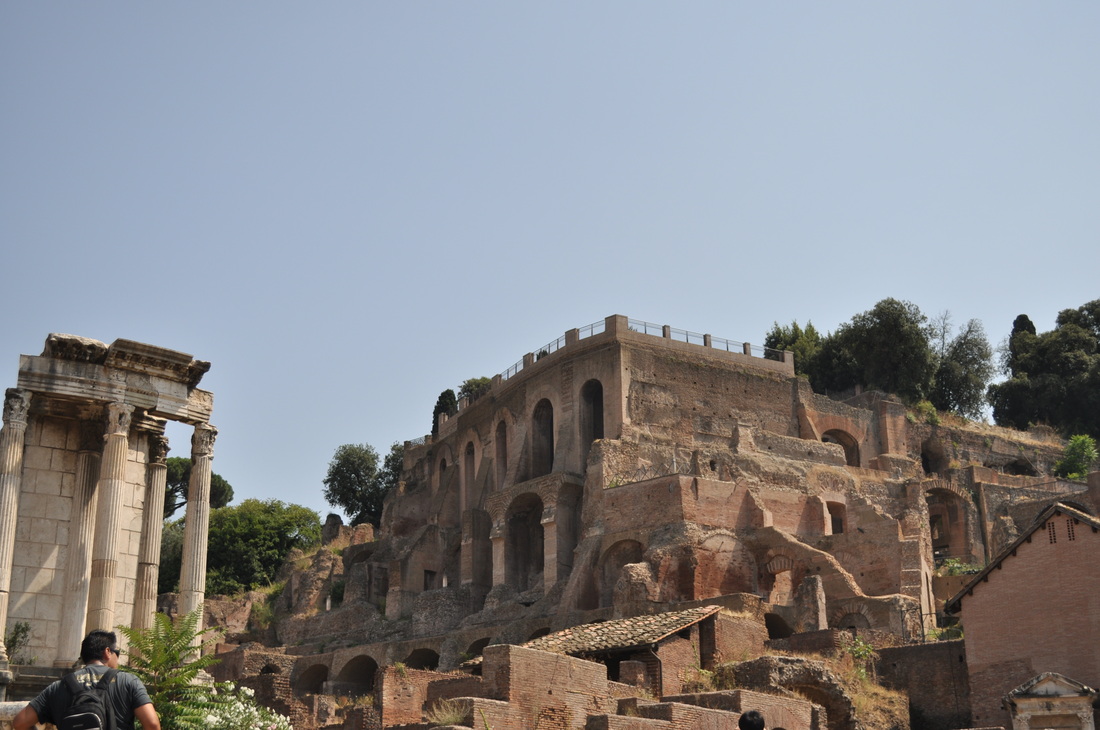
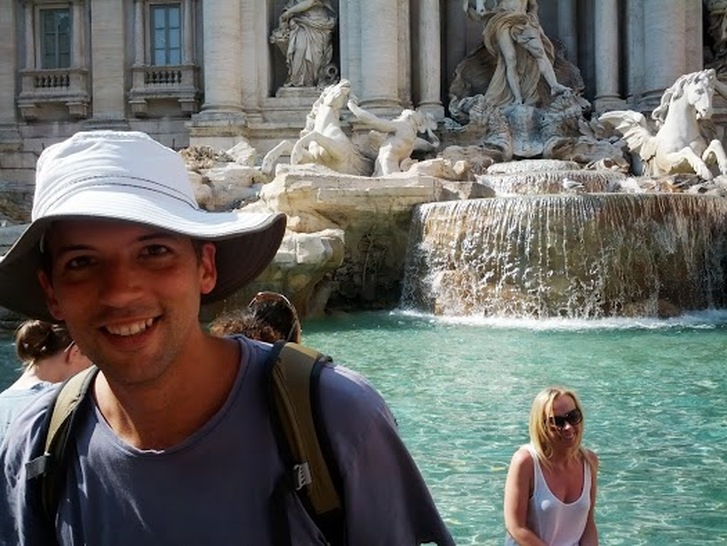
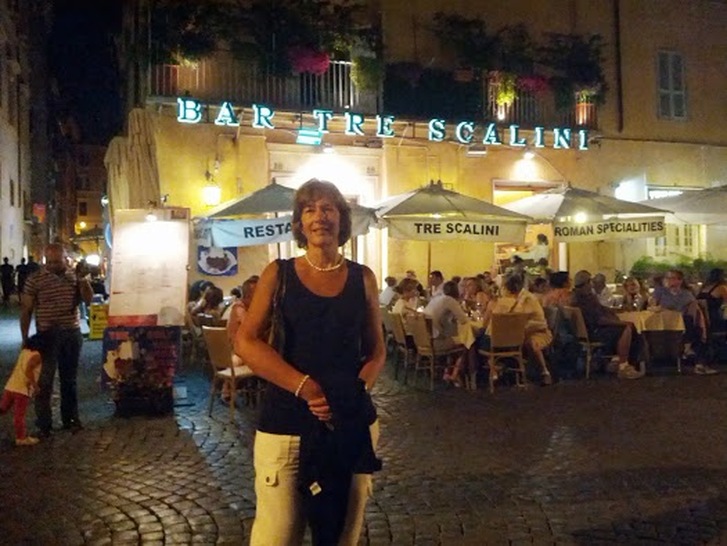
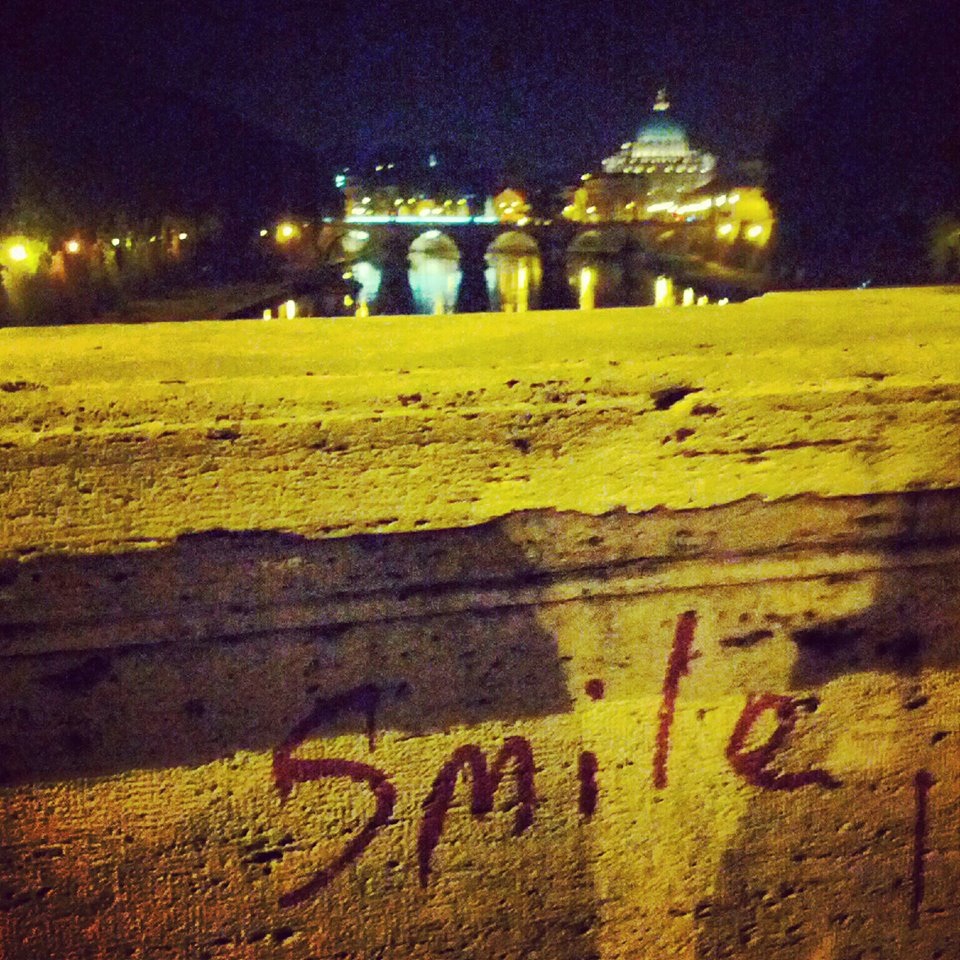


 RSS Feed
RSS Feed
